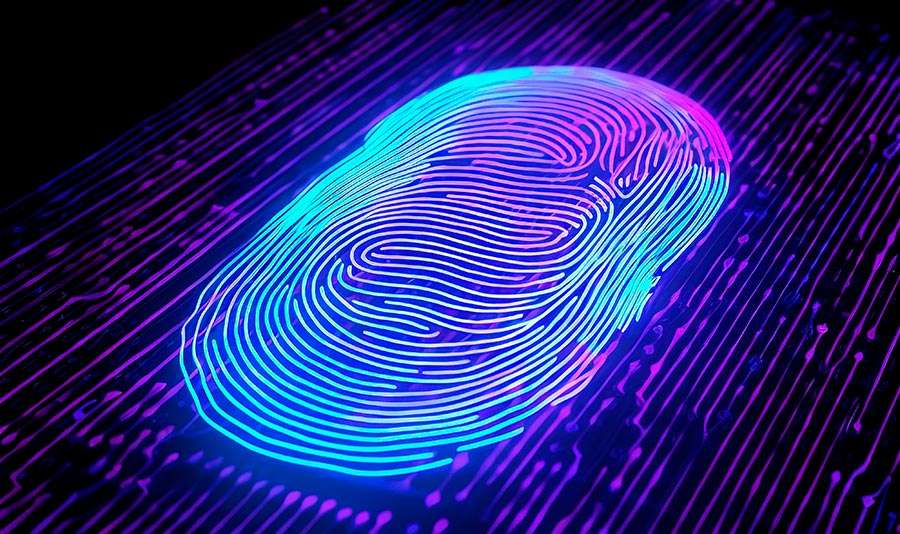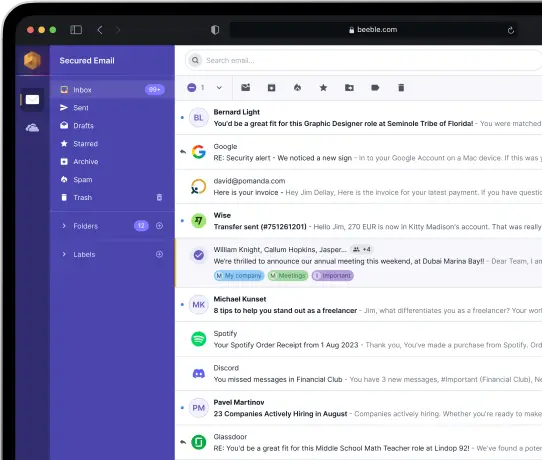Digital Footprint: Who is Following You And How to Fight It?

What is a Digital Footprint
In connection with today’s topic our blog recalls the old joke “Just because you’re paranoid doesn’t mean you’re not being watched”… The reality is this — the more active you are online, the more you leave behind traces and garbage that all sorts of “rats” are interested in. Activity on social networks, subscriptions to mailing lists, reviews you make on the quality of goods and digital services, and online shopping all contribute to this.
Why do hunters love snow? Because in it, like an open book, you can read numerous tracks that are a threat to your cybersecurity. There’s the curious magpie, there’s the forest giant bear, and there’s the man in size 45 boots limping on his right foot. So too, online, numerous identity hunters love the traces left by inexperienced or careless users to exploit them for their gain and often to your detriment.
This is the data that a person leaves behind when using the World Wide Web — websites, correspondence in e-mails, information that you leave when registering, filling out various forms, and so on. Everyone leaves traces, but most people don’t look behind them, and they can be used to track a person’s actions and their devices on the Internet.
The problem is also that you are not alerted that your digital footprint is being tracked. For example, websites can track activity by setting cookies on your devices, and apps can read data without your knowledge. Once you give an organization access to your data, they can sell or share it with third parties.
Cyber Hygiene Tips: Active and Passive Footprints
An online user sacrifices the cyber security of their personal data and leave an active digital footprint when they “voluntarily” share information about themselves: leaving posts on social networks, websites, and online forums. Remember, when you access a website using your registered name or profile, everything you post is your active digital footprint. You also leave an active footprint when you fill out online forms, subscribe to newsletters, and agree to accept cookies in your browser.
A passive digital footprint is created when information about you is collected without your knowledge. For example, many websites collect information about how many times users have visited the site, where they are geographically located, and what their IP addresses are.
Another example of using a passive footprint is when advertisers analyze your likes, reposts, and comments on social media platforms to target you and show you certain content. Often showing you quite intrusive content. Naturally, no one puts you on notice of this violation of your online privacy.
Beware the All-seeing Eye!
Protecting your data on the Internet is not just a desire to get rid of annoying merchants. They have long since learned to use them as public authorities — recently there are more and more cases related to a person’s statements on social networks. The same is true of your career. Employers, before hiring you, colleges, and universities before enrolling you, may ask what kind of person you are, and what your interests and beliefs are by looking at your blog or social media page.

Digital Reputation
If you’re an active social media user, you’ve probably noticed that some of your friends are respected and listened to more and some are blocked. This is also a result of the digital footprint, which influences the formation of a person’s digital reputation. Today, it is no less important than your reputation in the real world.
You lose control over personal data as soon as the information you publish becomes public. It’s like a bird released into the sky — once you publish it on Facebook, you no longer have control over how it will be used by others.
Posts and photos published online can be misinterpreted or altered, which can lead to unintentional (or perhaps even deliberate) offense. Content intended for a narrow group can spread to a wider circle, which can damage relationships, leading to the breakdown of marriages.
Cybercriminals can use your digital footprint not only for harmless trolling, but also for phishing attack purposes, to access your account, or to create false profiles based on your data. Do you want a really bad guy walking around online under your name?
Where and How are We Leaving Footprints the Most?
Online commerce
- Shopping on e-commerce sites.
- You are creating an account, and signing up for coupons and promotions.
- Downloading and using shopping apps.
- Subscribing to an online merchant’s newsletter.
Internet Banking
- Opening a credit card account.
- Using mobile banking application.
- Subscribing to financial publications and blogs.
Social media platforms
- We are using social media on computers and gadgets.
- Authorization using a social network account on other websites.
- Communicating, and sharing information, videos, and photos with acquaintances.
- Registering on a dating site or app.
- Subscribe to news portals.
- View articles in the news application.
- Subscribe to newsletters.
- Reposts of what you read.
Health and Fitness
- We are using fitness trackers.
- Using apps to get medical care.
- Signing up for an email address at the gym.
- Subscribing to health and fitness blogs.
In the article “Getting Rid of Your Digital Footprint” we outline the basic digital hygiene steps should you take to increase the security of your personal information online, minimizing the spread of your digital footprint.


